How the billionaire founder of LinkedIn turned his dream of being a 'public intellectual' into a life as one of Silicon Valley's most prominent investors
Today, Hoffman is embracing more than ever his teenage desire to be a public intellectual who's at work changing the world.

Parallel to his role building LinkedIn into the world's largest professional network, Hoffman became one of the Valley's most sought after and well-connected investors. He became a partner with the venture capital firm Greylock in 2009, where he's made deals like his highly profitable one in Airbnb.
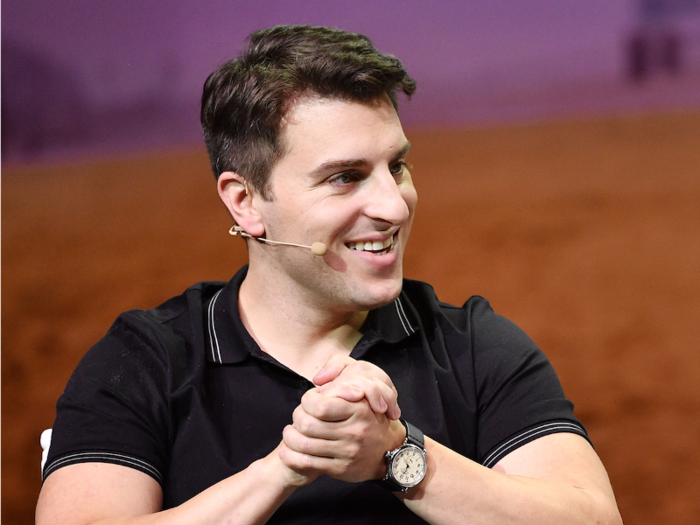
Through his investments, Hoffman has built an incredible network of entrepreneurs and executives in tech.
LinkedIn maintained healthy growth in terms of users and innovative offerings, but was still lagging behind investors' expectations in early 2016. Hoffman and Weiner decided that what would be best for LinkedIn would be to join a larger company, and announced a $26.2 billion acquisition by Microsoft that June.
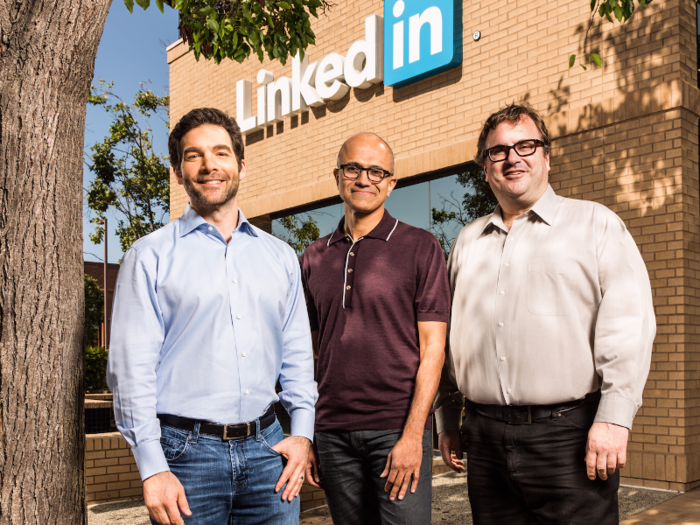
The deal closed last December and Hoffman joined Microsoft's board, with Weiner still at the helm and the promise that LinkedIn would act as an independent subsidiary of Microsoft.
Hoffman told us the decision was very difficult but that he and his executive team ultimately decided that after discussions with Microsoft CEO Satya Nadella and his team about his goals and theirs, "There was a natural alignment of those missions, and we realized that we could better reach our mission combined."
Hoffman acted as LinkedIn's CEO for four years but stepped back in 2007 once it had sufficient momentum, remaining as chairman. He gave the CEO role to Dan Nye, but replaced him with former Yahoo exec Jeff Weiner a year later. Weiner has remained in the role.
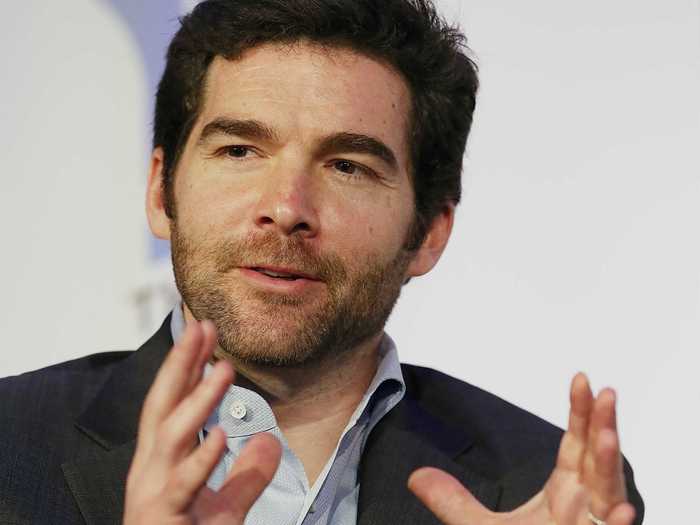
Hoffman and Weiner have had a close working relationship and Weiner became one of the most lauded CEOs in any industry.
"Part of what made it very clear very early that Jeff was the right CEO is that he had actually really started embodying, acting as a founder," Hoffman said.
LinkedIn went public in 2011.
Also in 2004, Hoffman married Michelle Yee, his girlfriend since his days at Stanford.
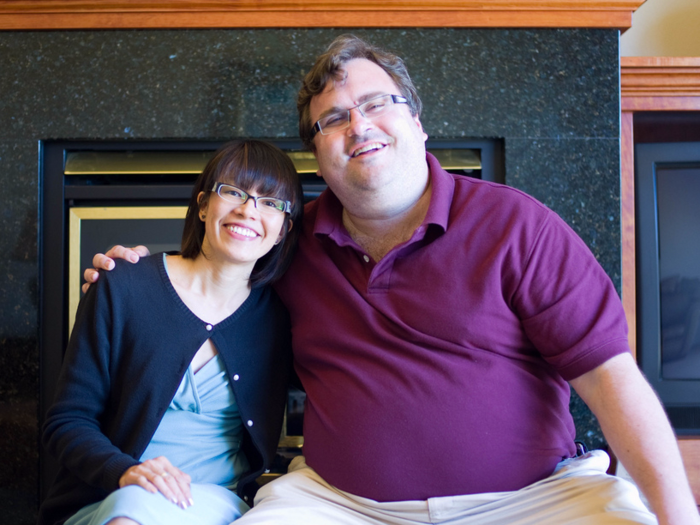
Hoffman told Wired in 2012 that Yee prefers to stay out of the spotlight.
In 2004, a 20-year-old college dropout named Mark Zuckerberg approached Hoffman to see if he had interest in either his social startup The Facebook or his file transfer service Wirehog.
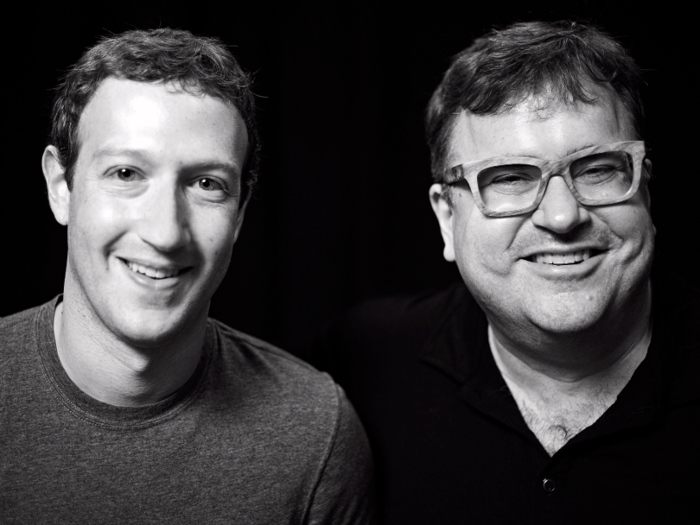
Hoffman was intrigued but didn't want to be a lead investor in a potential deal, since he was building his own social network. He called up Thiel and they met with Zuckerberg.
Hoffman told us that he and Thiel found Zuckerberg to a painfully awkward kid, but they made a deal — the first investment into Facebook — and Thiel joined the company's board.
The two have served as friends and advisers to Zuckerberg over the past 15 years, and Hoffman told us that he's never seen anyone else make such a radical transformation into a high-functioning and visionary CEO than Zuck.
"I am learning from a bunch of things that he does," Hoffman said.
Hoffman used his PayPal money to revisit the notion of social networks. He gathered four of his friends and former colleagues and founded LinkedIn in 2002 as a hub for ambitious professionals.
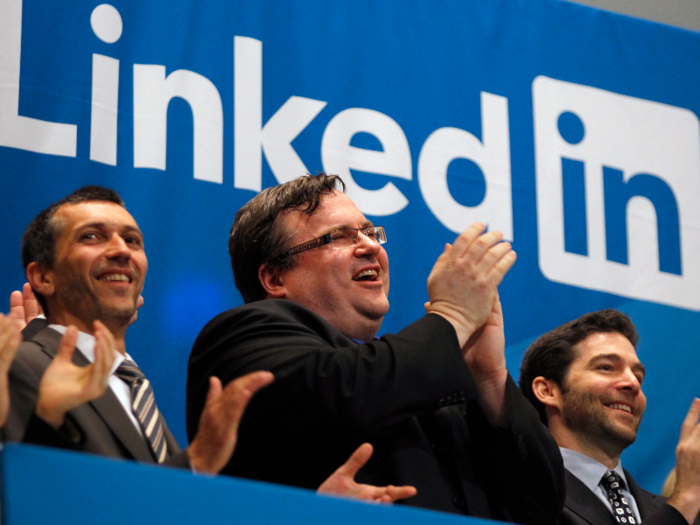
In December of 1998, Thiel told Hoffman he should join him at his pioneering online payments company, PayPal. Hoffman began as a founding board member and then joined full time in 2000, officially joining the so-called "PayPal Mafia" of future tech icons like Elon Musk and the founders of YouTube.
When eBay acquired PayPal for $1.5 billion in 2002, PayPal's stacked team of brilliant executives with alpha personalities went off to start their own companies, fueled by newly grown bank accounts.
After short stints at both Apple and Fujitsu, Hoffman decided to start his own tech company in 1997, a site called SocialNet. It was a place to find dates or connect with friends, making it one of the first social networks.
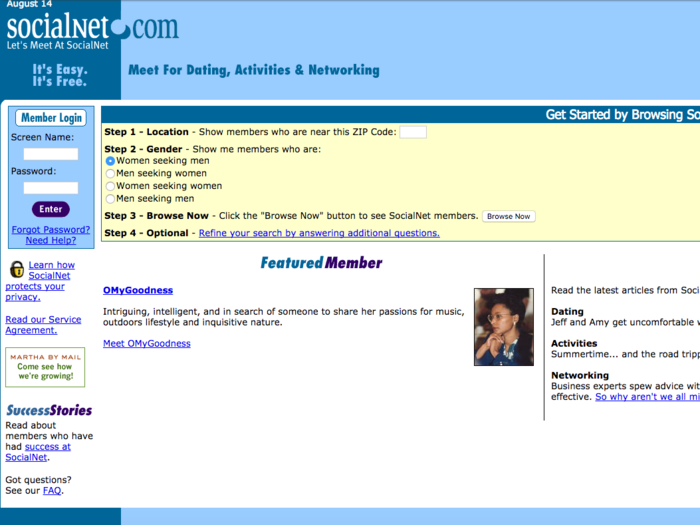
The combination of the site being ahead of its time and Hoffman's inexperience as a manager caused him to abandon the project in 1999.
He considers it, however, an important crash course in both social networks in general and what it takes to run a company.
He decided that he was going to pursue a career path of "public intellectual," and went to Oxford as a Marshall Scholar to get his master's in philosophy. He completed his studies in 1993.
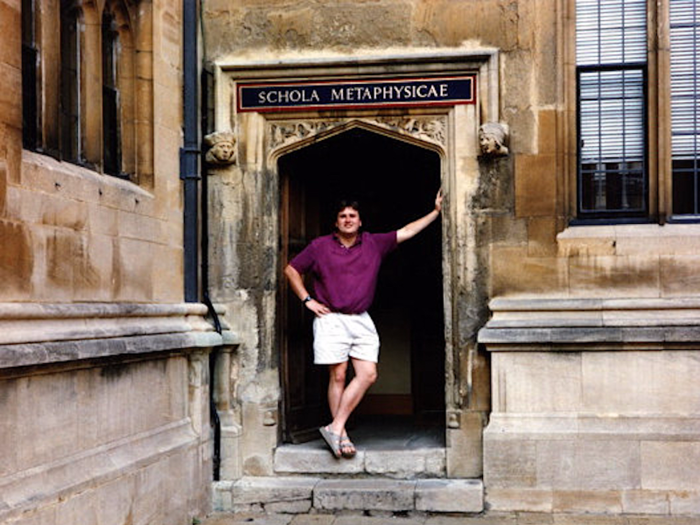
He told us that his favorite philosophers are Aristotle, Friedrich Nietzsche, and Ludwig Wittgenstein.
Hoffman said he realized at Oxford that if he went into academia, he would be focused on writing for an academic community rather than pursuing his long-held, highly ambitious guiding question, "How do I help humanity evolve?"
He does not remotely regret the education he received, but decided to go into tech. Why? He told us that while at Stanford, he saw how entrepreneurs were building businesses with the intention of improving the world, and he became a true believer.
Hoffman graduated Stanford in 1990 with a bachelor's degree in Symbolic Systems, a uniquely Stanford concentration that essentially combines computer science and applied philosophy.
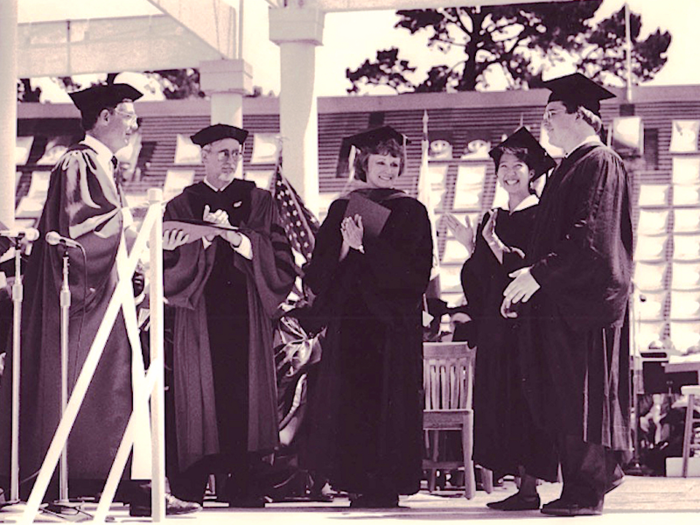
He headed back to California after high school to study at Stanford, where he found more people like himself, including his future fellow billionaire investor, Peter Thiel.
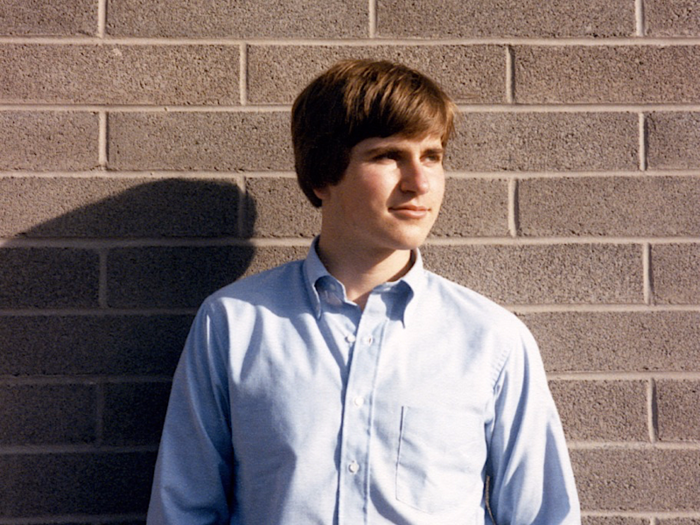
Hoffman met Thiel when they were sophomores, and at that point Hoffman had a reputation for being a "pinko commie" and Thiel a "libertarian wacko," as Hoffman joked in an episode of his podcast "Masters of Scale." It was this contentious dynamic that proved to be the heart of their unlikely bond.
This friendship would go on to be one of the most impactful in Silicon Valley's history.
He had what he now considers an early desire to be independent, and convinced his parents to send him to the progressive boarding school Putney, in Vermont. This wasn't like the Dead Poets Society — Hoffman learned blacksmithing, woodworking, and farming techniques in addition to his academic studies.
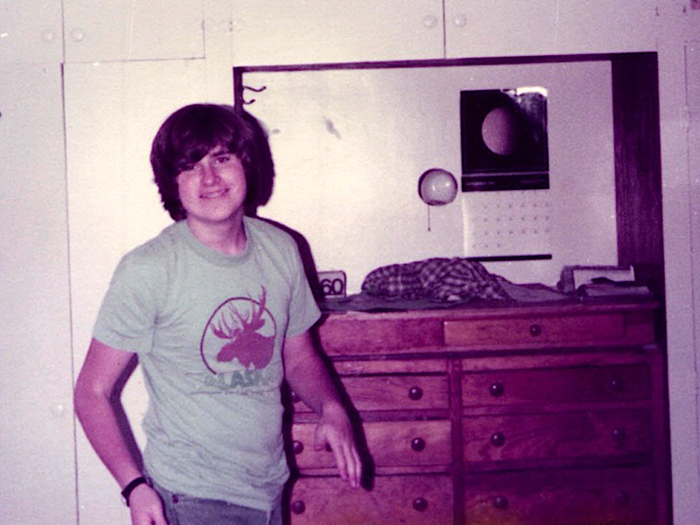
The Putney School's magazine The Putney Post interviewed several of Hoffman's classmates and teachers in 2009, and learned that Hoffman was an introspective kid who displayed his intelligence in class discussions.
While Hoffman was picked on for what teenagers would consider his love of "nerdy" things, he has only had good things to say as an adult about his time at Putney.
He said there was "a very pragmatic kind of 'work on solving the problem' versus 'being an expert within a discipline,'" at the school, and that he is grateful for learning that you could take "this kind of entrepreneurial focus on a personal life," instead of associating his future self with a single title like "product manager," "artist," or "lawyer."
Hoffman's babysitter introduced him to Dungeons and Dragons when he was 10, kicking off a new love of strategy and role-playing games. At 12, a game maker hired him for a one-time consulting role on a new game after he pointed out their last game's flaws.
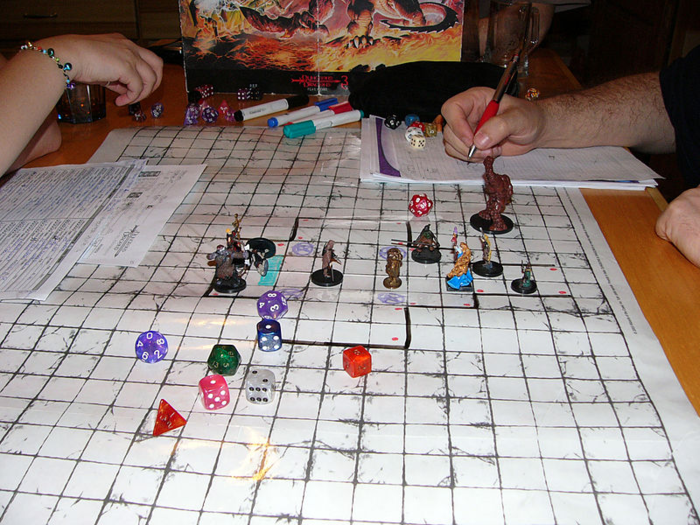
"There's nothing obsessive like a kid," Hoffman told us, referring to his game-playing habit. "I spent literally days and days and days and days just doing that and that led me to a sense of strategy which was then, of course, very helpful when I later got to my entrepreneurial and business life."
Hoffman was born in Palo Alto, California, in 1957, and grew up in Berkeley. His parents were both lawyers and leftist activists.
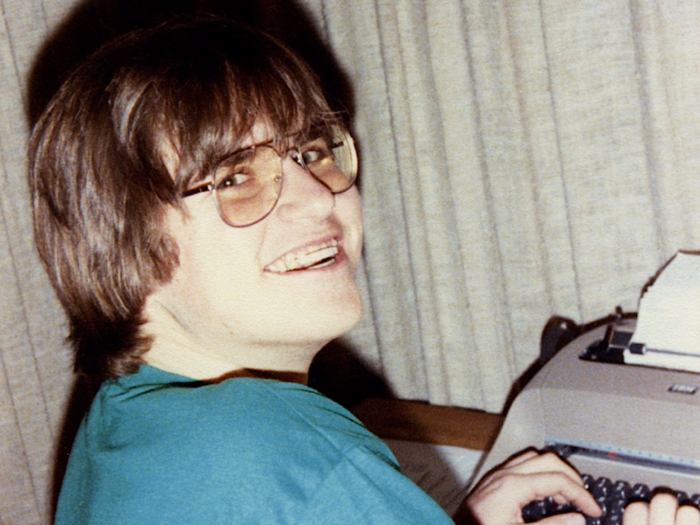
Popular Right Now
Popular Keywords
Advertisement